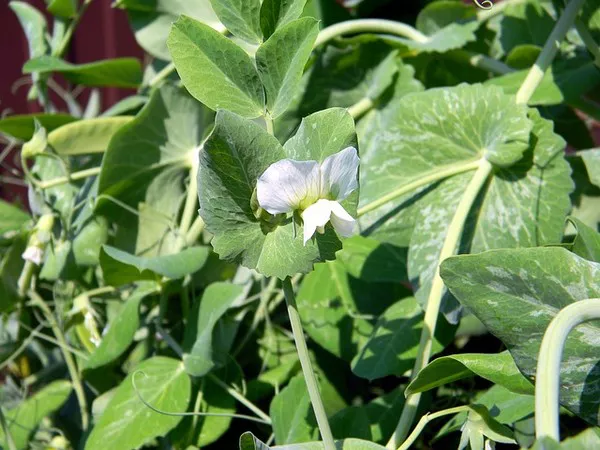Salicylic Acid and RNA Interference Play Crucial Roles in Protecting Plant Stem Cells
A groundbreaking study published in the Proceedings of the National Academy of Sciences on October 12, 2023, has revealed the extraordinary antiviral defenses employed by plant stem cells. This discovery could offer crucial insights into protecting crops from devastating viral infections and boosting agricultural productivity.
Viruses pose a significant threat to all living organisms, including plants, and can rapidly spread across the globe, jeopardizing agriculture. When plants become infected by viruses, the disease often spreads throughout the entire organism, with one remarkable exception—the stem cells found within the shoot tip. These resilient cells give rise to all above-ground plant tissues and even the next generation of plants. Remarkably, viruses are unable to proliferate within these stem cells.
A team of researchers, led by Marco Incarbone, formerly a postdoctoral researcher at the Gregor Mendel Institute of the Austrian Academy of Sciences (GMI) and now a group leader at the Max Planck Institute of Molecular Plant Physiology in Germany, and Ph.D. student Gabriele Bradamante, sought to uncover the molecular mechanisms behind the virus-fighting abilities of stem cells in the shoot apical meristem.
To unravel the secrets of these robust antiviral defenses, the team established a high-throughput screening platform. By developing dynamic, semi-quantitative microscopy techniques, they observed the response of their plant model, Arabidopsis thaliana, to Turnip mosaic virus infection over time.
The researchers discovered that Turnip mosaic virus was capable of infiltrating the stem cells within the shoot tip but was swiftly expelled from these cells. The team was intrigued by this strong antiviral response, and their investigations led them to examine the role of RNA interference, a pathway that inhibits virus proliferation in plants and many animals.
The study revealed that salicylic acid, a critical plant defense hormone, was activated during virus infection. Salicylic acid acted as an alarm signal for the plant, triggering a key factor in RNA interference amplification, known as RDR1. RDR1 increased the production of double-stranded RNA from viral RNA, providing the plant with more virus-specific sequences to direct its defense mechanism against the invading virus.
Interestingly, RDR1 was not produced within the stem cells themselves, but in the tissue beneath the stem cells and in the vasculature. This generated the RNA-based information that shielded the stem cells from virus invasion. While it is known that infection leads to a general increase in salicylic acid, the precise timing and location of this occurrence remain a mystery, which the researchers are working to solve.
The study emphasized that in the battle against the Turnip mosaic virus, both salicylic acid and RDR1 were essential for expelling the virus from stem cells. The activation of salicylic acid is a critical first step in this immune response. However, different viruses may necessitate distinct responses, and it remains a puzzle as to why some viruses evade and suppress RNA interference in most plant tissues but not in these unique stem cells.
The researchers intend to continue their work, focusing on understanding how viruses are prevented from entering a plant’s seeds and offspring, which develop from the protected stem cells. This discovery offers a robust molecular framework that could have far-reaching implications for plant immunity and agricultural practices.


